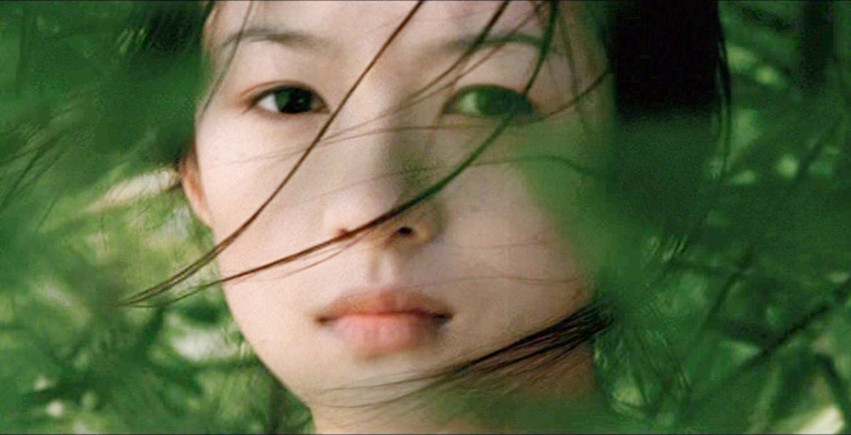
Taiwanese cinema has been present since 1901, when the Japanese introduced it to the country and thus initially, most of the country’s films were very similar to Japanese productions.
However, since 1949, when many filmmakers moved to the island from the Chinese mainland, Taiwanese cinema has grown as an independent industry, with melodramas and kung fu films being the most popular genres. This was a tendency that continued into the early 80s and was assisted by the rapid technological modernization that the country experienced.
In the 80s, the industry experienced a decline, particularly due to the presence of the highly entertaining films from Hong Kong. In order to support local films, the Central Motion Picture Corporation (CMPC) introduced some initiatives to assist young directors, an effort that led to the Taiwanese New Wave, with directors like Hou Hsiao-Hsien and Edward Yang, whose pictures focused on the socioeconomic and political transformation the country experienced in its modern history.
Through the 90s, a second New Wave took place, which entailed more entertaining and popular themes by directors like Tsai Ming Liang and Ang Lee. Once again, the industry suffered a decline in 1994, this time due to Hollywood films and the widespread of piracy, which led to its collapse in 1997.
This downfall carried on until 2008, when “Cape No. 7” was screened and became the highest grossing Taiwanese film of all time, a fact that eventually led to the reinstatement of local cinema, despite some protests for the country’s profit sharing system.
To celebrate the upcoming Criterion Collection release of Edward Yang’s A Brighter Summer Day on 22nd March. Here is a list with Taiwan’s 20 best films of all time, in chronological order.
1. Dragon Inn (King Hu, 1967)
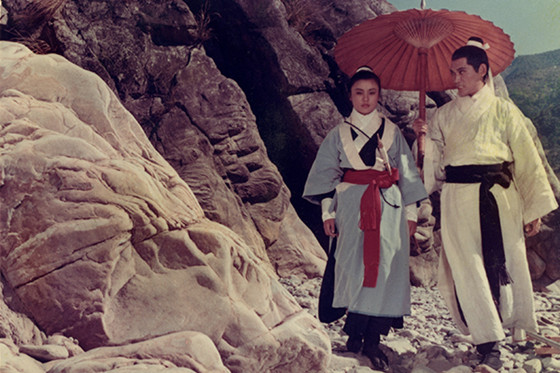
King Hu has secured a position in the “hall of fame” of the wuxia genre and this particular film is one of the main reasons. After he left Shaw Brothers in 1965, Hu wanted to create a wuxia film different from those the Hong Kong company shot, and he utterly succeeded by altering the way women appeared in the genre and by introducing some new archetypes as the evil eunuch, the female sword master, and the children of the murdered officials.
During the Ming Dynasty, the corrupt and powerful eunuch Cao executes his main political opponent, Minister of Defense Yu, and exiles his children to the border, where he plans to assassinate them. The children find refuge at the Dragon Gate Inn, where Cao’s assassins have set up an ambush. However, the traveling swordsman Xiao Shaozi and the Zhu Brothers also arrive there, obstructing the killers’ mission.
King Hu’s main focus is on the tension building up inside the inn, so when the opposing parties are finally formed, even scenes with someone drinking wine become agonizing, thus resulting in a perpetually tense outcome. Furthermore, Hu featured a number of intricate subplots, giving depth to a genre that had built its fame on exactly the opposite.
However, the battles are of equal quality, although they owe more to the fast-pace editing than the choreography, as was the rule in wuxia films. Lastly, the final battle is magnificent, succeeding in keeping the tension throughout its large duration.
2. A Touch of Zen (King Hu, 1971)
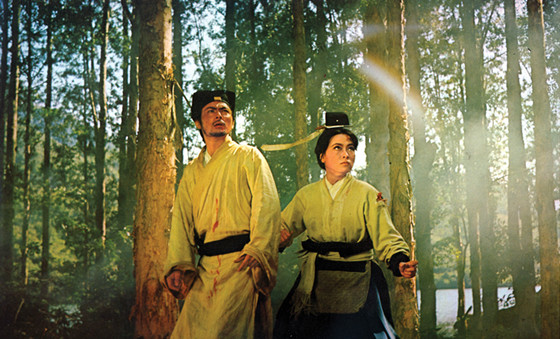
Hailed as one of the biggest epics of the wuxia genre, “A Touch of Zen” is a true masterpiece of the category that stands apart particularly due to its technical prowess and high symbolism. The script is based on a short story titled “The Magnanimous Girl” by Pu Songling, which was published in 1679.
Gu is a talented painter and scholar who still lives with his mother, who worries about him being unambitious, unmarried and his decline to apply for a civil servant position. Eventually, a young girl named Yang and her mother settle in an abandoned house nearby, which everybody considers haunted. However, Gu’s mother does not seem at all bothered by the fact and she proceeds in an effort to arrange a marriage between Gu and Yang.
The girl declines, but she and Gu strike a peculiar friendship after she explains that she and her mother are fugitives, running away from the corrupt eunuch Wei, who had her father assassinated for learning of his foul tactics and is set on killing the whole family.
Moreover, something that has been long inactive seems to wake inside Gu after he spends the night at Yang’s house, which transforms him into a cunning and ingenious individual, who subsequently devises a plan to conquer their rivals by exploiting the supposedly haunted ruins of the area.
King Hu directed a film that stands apart from the plethora of wuxia titles for a number of reasons, apart from the fact that it is a Taiwanese production instead of a Hong Kong one, as was the rule with the genre.
The first one is that the script does not solely exist to provide a background for the action, but is elaborately written and includes interwoven stories, conspiracies, treacheries, and in-depth analysis of the characters and the circumstances of the era. In that aspect, the first action scene does not take place until about 50 minutes into the film, because Hu wanted to present the story and the characters adequately.
The second one is that the main character, Gu, does not fight at all and even remains a wimp for the biggest part of the film. The third one is that apart from the well-depicted interiors, the film also entails wonderful outside shots (in contrast to the similar productions by Shaw Brothers, which focused on the depiction of the interiors but ignored the outside), with the environment and the character’s interaction in it being one of the points of excellence.
The fourth one is that Hu incorporated a number of symbolisms, as is the case with the spiderwebs that appear to symbolize Gu’s entanglement with Yang’s case and the fact that Wei wants to trap the last member of Yang’s family, as a spider does with its prey. Lastly, he also included the idea of Zen in the story, a task that is quite difficult, since Zen is perceived as something that cannot be described, only felt and intuited.
However, the aforementioned does not mean that the action is scarce. On the contrary, there are many long battles, all of which are artfully choreographed and include some of the most impressive ones ever presented in the genre.
3. A Time to Live, a Time to Die (Hou Hsiao-Hsien, 1985)
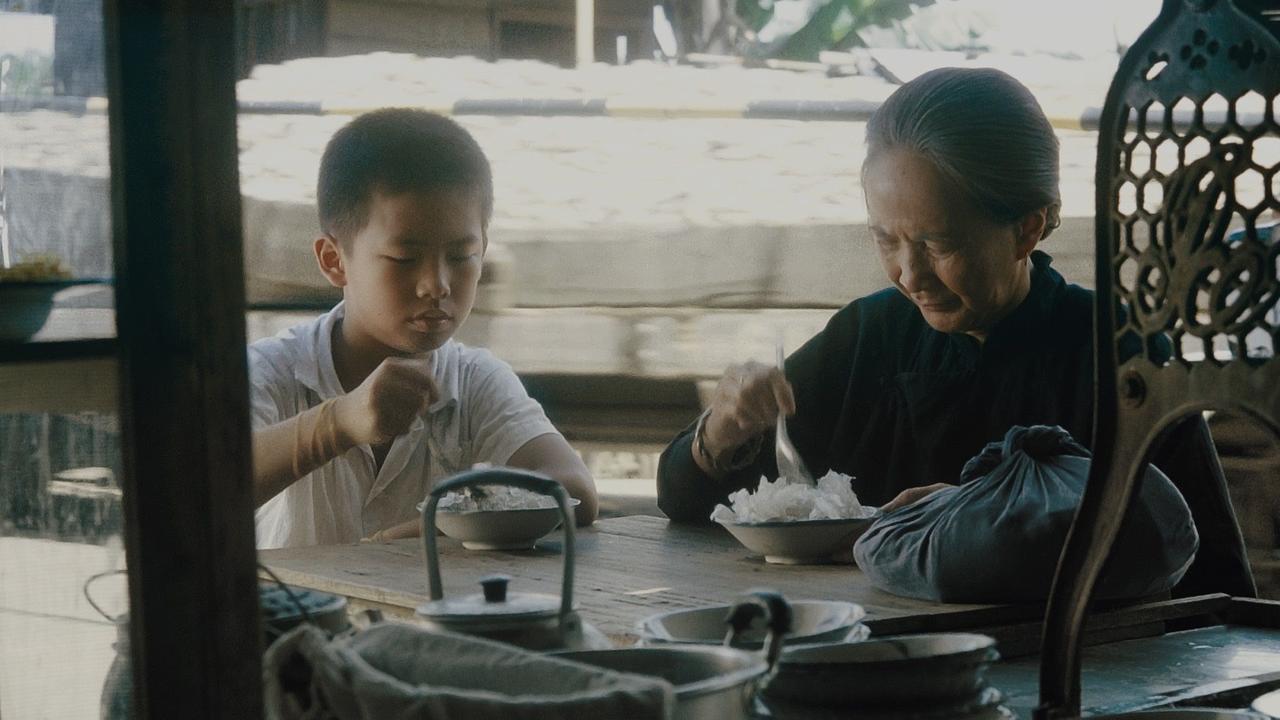
The year 1985 was a landmark in Hou Hsiao-Hsien’s career, with this particular film being his first major international success. The script follows the story of a family that moves from mainland China to Taiwan, including three generations represented by the grandmother, the parents, and the son.
Each one presents a different connection with the past. The child (named Ah Ha, the name Hou’s grandmother used to call him when he was a kid) has no knowledge of the past, joins gangs, and roams constantly in the streets. The parents believe their new struggles are temporary and that things will get better, as they did in the past. The grandmother thinks she still lives in China, perpetually searching for a bridge that does not exist.
Hou’s context and aesthetics were regularly compared with those from Yasujiro Ozu, and despite him stating that he had never actually watched Ozu’s films, the connection is quite evident here, with the film dealing with solitude, loss, and separation. Furthermore, the technique with the camera shooting from the floor was one of the most characteristic of the Japanese master and Hou implemented it widely in this film.
“A Time to Live, a Time to Die” was his first collaboration with cinematographer Mark Lee Ping Bin, currently one of the most renowned artists in his field, who went on to accompany him in all of his major successes. Furthermore, it was his first work to win an award from Taiwan’s most prestigious competition, the Golden Horse Awards, where he received the one for the original script.
4. Taipei Story (Edward Yang, 1985)
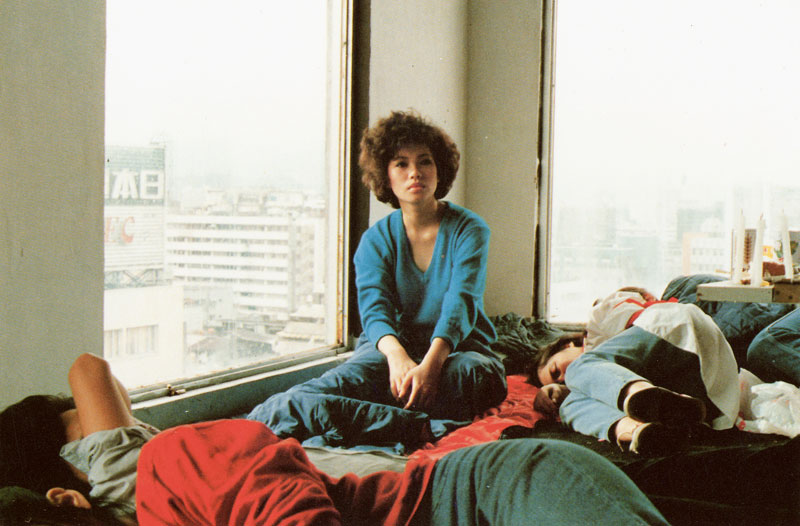
Having a rapidly modernizing Taipei as the background, the film tells the story of Lung, a former baseball player and current owner of a fabric business, and his girlfriend named Ah-Chin, a westernized professional woman who grew up in a traditional family. Lung cannot let go of his days of past glory, including his former relationship, which is a point of constant argument with Ah-Chin.
One day he meets a former teammate who is currently a taxi driver, and the two of them talk about the past and their ongoing sense of loss for it. After an argument Lung has with Ah-Ching, she finds herself hanging out with her sister’s friends.
Edward Yang makes a sharp remark about the Taiwanese middle class, particularly through Ah Chin, who tries to hide her fragility and insecurity behind the sunglasses she wears day and night. Her desperate effort to leave her past behind is in contrast with Lung’s adherence to it, in a clear Yin and Yang notion. In that fashion, with both of them clinging to their notions and aspirations, they are presented in contrast to the ever-growing, ever-moving megalopolis.
The sense of hopelessness permeating the film occurs through the various relationships presented, all of whom appear to be constantly in jeopardy, with the social pressures worsening the situation even more.
Both Chin Chai as Ah Chin and Hou Hsiao-Hsien as Lung are excellent in their parts, with the latter also contributing to the script and proving he could as easily become a successful actor if he chose that path instead of filmmaking.
5. The Terrorizers (Edward Yang, 1986)
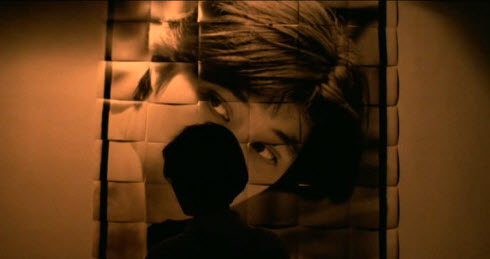
The story is once more set in Taipei, and follows four different threads of plot that eventually intertwine. A couple, consisting of a doctor named Li and a writer named Zhou Yen, is experiencing marital problems. Moreover, the husband frames one of his fellow doctors to succeed as the clinic’s director after the sudden death of the previous one. The wife is having a midlife crisis while trying to finish her book that eventually leads her into the arms of an ex-boyfriend.
A photographer shoots a Eurasian girl during a shootout and becomes obsessed with her to the point of gradually growing distant from his girlfriend. The Eurasian is a prostitute known as the White Chick, who eventually is locked up in her room by her mother, with her only way of killing time being prank calls. In one of those random calls, she speaks with Zhou Yen, posing as her husband’s mistress, an act of which she takes advantage to abandon Li.
Edward Yang used his favorite setting of contemporary Taipei to present a number of dysfunctional relationships between characters with western, modern values, who cannot however, keep up with a society that becomes more and more chaotic and emotionally stressful.
Edward Yang was always compared to Antonioni and this film is a distinct example of that comparison, with the depressing theme of deteriorating relationships, the smooth camerawork that results in stunning claustrophobic shots, and the almost non-existent outside shots of Taipei, which gives the essence of the urban metropolis without ever actually portraying it.
Furthermore, “The Terrorizers” is one of Yang’s most violent films, with sudden outbursts of bloody incidents, as well as the scene with the police raid.
6. A City of Sadness (Hou Hsiao-Hsien, 1989)
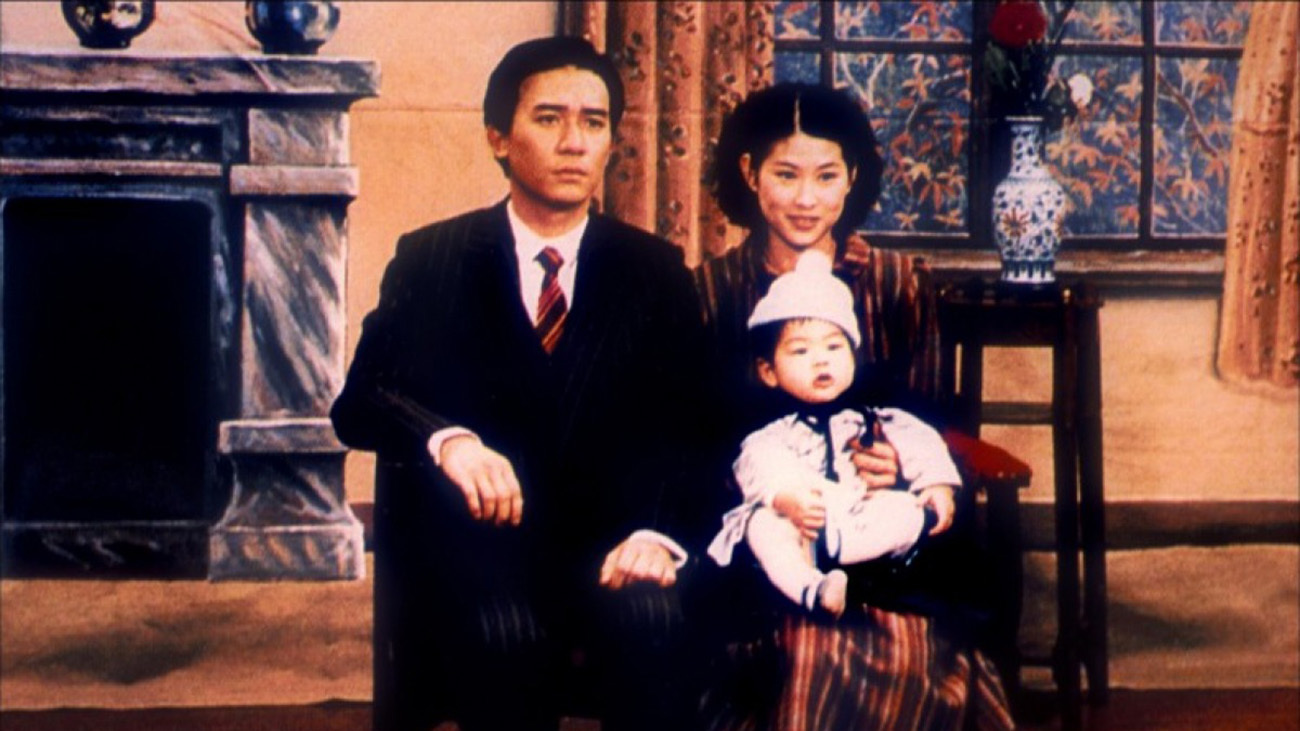
The script describes the life of Lin family, during the turbulent period from 1945, when the Japanese army withdrew from Taiwan after 51 years, to 1949 and the secession from China. The eldest brother, Wen Heung, returns from the war and opens a restaurant he names “Little Shanghai” to honor the reunification with China. The second brother, Wen Leung, became insane during his tour of duty, and is being treated at the local hospital.
Eventually he is released, but due to the lack of job offers, he ends up in organized crime. The third brother, Wen Shun, was stationed in the Philippines but is currently missing in action. The youngest brother, Wen Ching, was excluded from recruiting because he is deaf-mute, and is running a photography studio. These are the central characters among a plethora of others, whose lives change radically after the 2-26 incident.
The film began Hou Hsiao-Hsien’s tendency to deal with a lack of communication, in all its forms. Accordingly, “A City of Sadness” portrays the chasm in communication between the Taiwanese, who yearn for their independence, and the Chinese, who consider them revolutionaries and arrest them.
It shows the cultural chasm between those who live on the mainland and those on the islands, which is intensified by the difference in language. Lastly, it shows the social chasm between the deaf-mute and the girl he likes. In essence, “A City of Sadness” is a social film, presented through the prism of the country’s history.
Tony Leung, who plays the youngest brother, is magnificent as a man who despite his inability, is the most intelligent, and the only one who truly understands the political situation.
It was Hou’s first work to find distribution in Europe, particularly due to its screening at the Venice Film Festival where it won the Golden Lion, the Ciak d’Oro (audience award) and the Unesco Award.